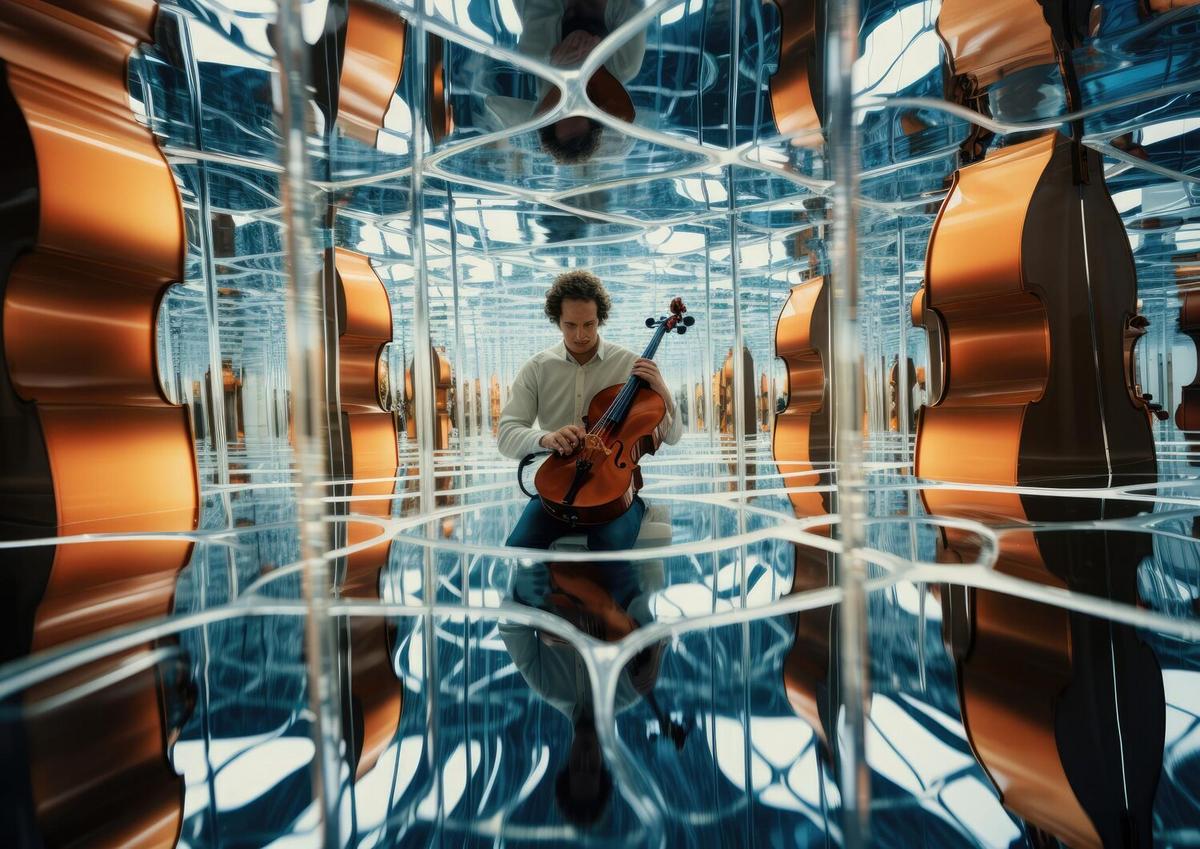Classical performances have long been a cornerstone of cultural expression, showcasing the richness and diversity of human creativity. Yet, in a world increasingly dominated by digital media and technology, the preservation of these traditional art forms presents unique challenges and opportunities.
In exploring how to preserve the art of classical performances in modern times, it is essential to consider the perspectives of those deeply embedded in the field. Acclaimed musician Yo-Yo Ma, for example, highlights the importance of integrating classical music with new media to reach broader audiences. He suggests that collaborations between classical performers and digital platforms can create innovative experiences that resonate with today’s tech-savvy audiences.
Statistics from the Arts Council England indicate a growing interest in classical performances when they are accessible through digital means. In 2020, online streaming of classical concerts saw an increase of 35%, suggesting a promising avenue for reaching new audiences.
Consider the story of a local theater group that adapted their classical repertoire for virtual performances during the pandemic. By doing so, they expanded their reach beyond their immediate geographic area and engaged a global audience, thereby revitalizing interest in their productions.
Strategies for Preservation
Preserving classical performances in the modern era involves several key strategies:
- Digital Integration: Encourage performers to utilize streaming services and social media platforms to showcase their work and connect with audiences worldwide.
- Educational Outreach: Partner with educational institutions to introduce classical arts to younger generations through interactive workshops and virtual lessons.
- Collaboration with Contemporary Artists: Foster collaborations between classical and contemporary artists to create hybrid performances that appeal to diverse audiences.
Challenges and Opportunities
While there are numerous benefits to embracing new media, challenges persist. Ensuring that the integrity of classical performances is maintained in a digital format is crucial. Additionally, there is a need for financial investment in technology to produce high-quality digital content.
Comparison of Traditional vs. Modern Approaches
| Aspect | Traditional Approach | Modern Approach |
|---|---|---|
| Audience Reach | Local and regional | Global through digital platforms |
| Performance Medium | Live, in-person | Virtual and live-streamed |
| Interaction | Post-performance discussions | Real-time online engagement |
| Marketing | Print media | Social media and digital ads |
| Cost | Venue hire | Technology investment |
| Audience Feedback | Surveys | Instant feedback via digital channels |
| Educational Access | Workshops | Online courses |
Frequently Asked Questions
How can classical performances remain relevant today?
By embracing digital media, classical performances can reach new audiences and adapt to contemporary tastes while maintaining their traditional roots.
What role does technology play in preserving classical arts?
Technology enables broader dissemination of performances and offers innovative ways to engage with audiences, ensuring the longevity of these art forms.
Conclusion
In summary, preserving the art of classical performances in modern times requires a balance between tradition and innovation. By leveraging technology, fostering collaborations, and engaging younger audiences, classical arts can continue to thrive. Encouraging participation and appreciation through accessible platforms ensures that these timeless art forms remain a vibrant part of our cultural landscape.



Leave a Reply